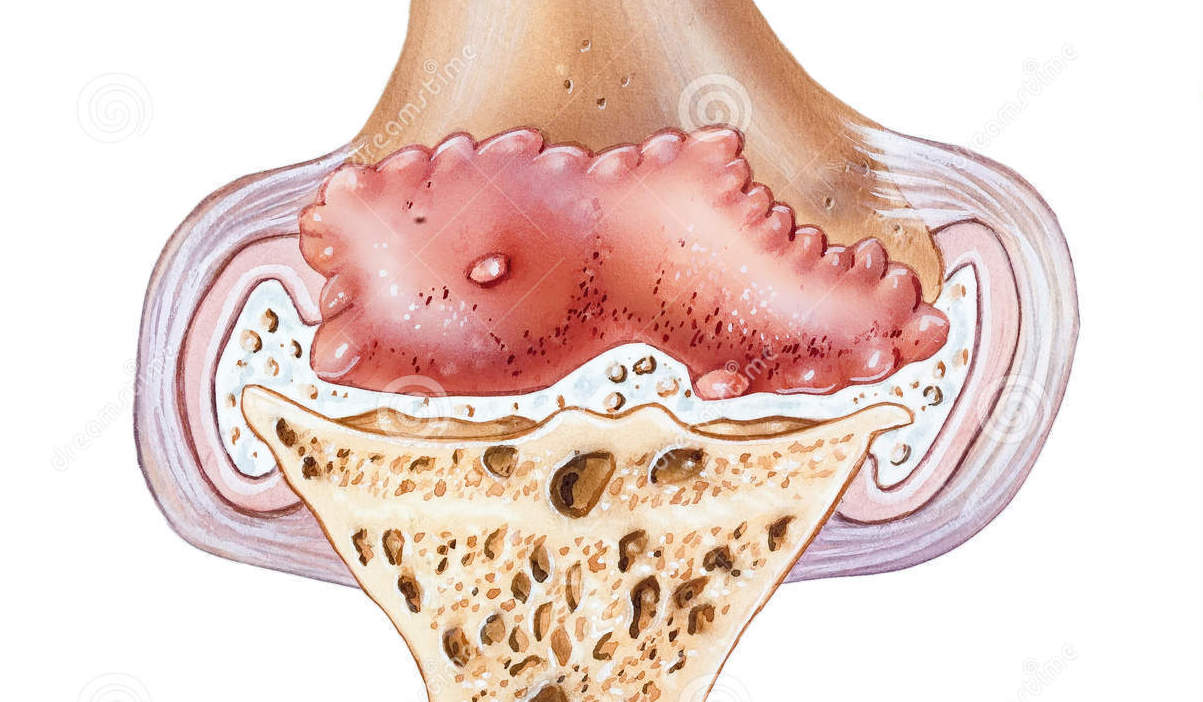
What is osteoarthritis?
Osteoarthritis (OA) is a form of degenerative joint pain caused by wear and tear on your joints. As you age, the cartilage that cushions your joints starts to wear down, causing the bones to rub together. The bone-on-bone action leads to inflammation of the joints.
OA most commonly affects the joints in your arms and legs, including your fingers, wrists, knees, ankles, and hips.
The lower back is also a common source of OA pain. Let your doctor know if you’re experiencing the following early symptoms of OA.
1. Pain
“Oh, my aching back” is a phrase you’ve no doubt heard before. You may have even uttered it yourself. People with arthritis are all too familiar with an aching back, neck, knees, and hips.
The ache of early arthritis can be classified in two different ways: pain and tenderness. You might also feel sharper pain when moving your affected joint in a certain way, such as when opening a jar with arthritic fingers.
2. Tenderness
Tenderness is the discomfort you feel when pressing down on the joint. Tenderness can also include visible swelling in the area of the joint, but this is more common in advanced stages of OA.
3. Joint stiffness
Along with joint pain comes stiffness. Joint stiffness is normal when you first wake up or have been sitting at your desk all day. It’s also a sign of early OA. That wooden feeling that makes you feel sluggish and slow might make you want to head back to bed, but resist the urge. People with arthritis often start to feel better once they have warmed up their joints through some gentle exercise or even just going about their daily routines.
4. Abnormal sensations
Cartilage is meant to be a shock absorber that helps your joints move smoothly. When the cartilage wears down, the bone-to-bone rubbing can produce a number of abnormal sensations. Grating of the joints is common in people with OA. It’s the manifestation of the bones rubbing together. You might also feel or hear your joints clicking or cracking when you move.
5. Loss of flexibility
People in the early stages of arthritis may notice that moving the affected areas of their bodies is not as easy as it once was. Joint stiffness and pain can contribute to loss of flexibility, also called a loss of range of motion. Range of motion is the extent to which you can move your joints in their normal patterns. For example, fully bending and extending your knee is its range of motion. If you have arthritis, you might not be able to bend your knee as far. Loss of flexibility is usually a very gradual process.
6. Timing of your discomfort
Pain, tenderness, and joint stiffness tend to be limited to very specific times in the early stages of osteoarthritis. You might notice your hips hurt after a game of basketball, or that your back is stiff first thing in the morning. As degenerative arthritis progresses, however, you might have achy joints even when you’re at rest.
What’s going on in there?
In the early phase of arthritis, the cartilage between your joints becomes worn and torn as well as inflamed. The wear-and-tear process leads to loss of water in the joint, which causes the cartilage to become hard. Hardened cartilage makes moving the surrounding joint more difficult. The loss of cartilage is a slow process. Some people have early arthritis symptoms for years before the disease progresses.
Precision Pain Care and Rehabilitation has two convenient locations in the Richmond Hill – Queens and New Hyde Park – Long Island. Call the Richmond Hill office at (718) 215-1888, or (516) 419-4480 for Long Island office, to arrange an appointment with our Interventional Pain Management Specialist, Dr. Jeffrey Chacko.













